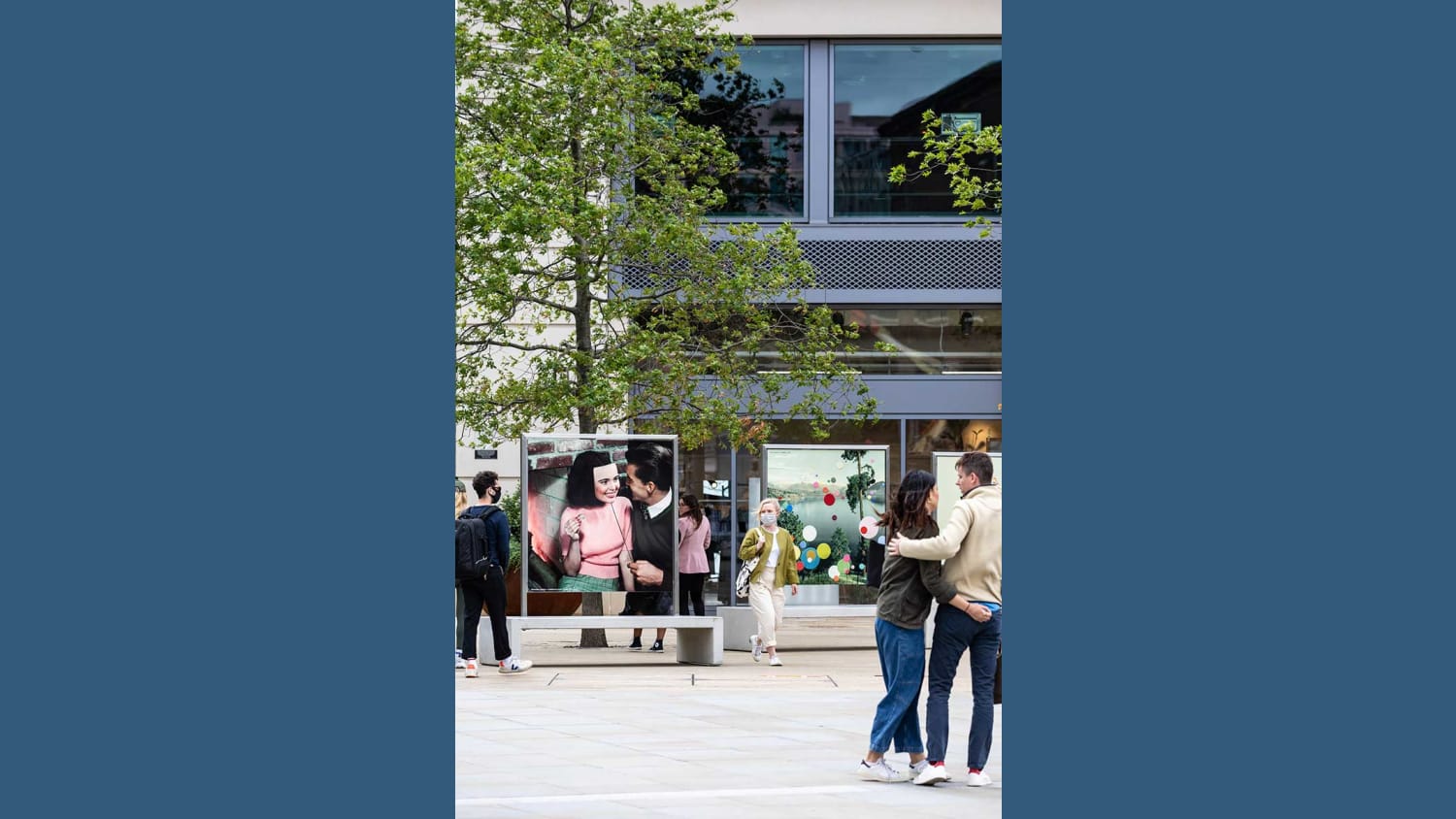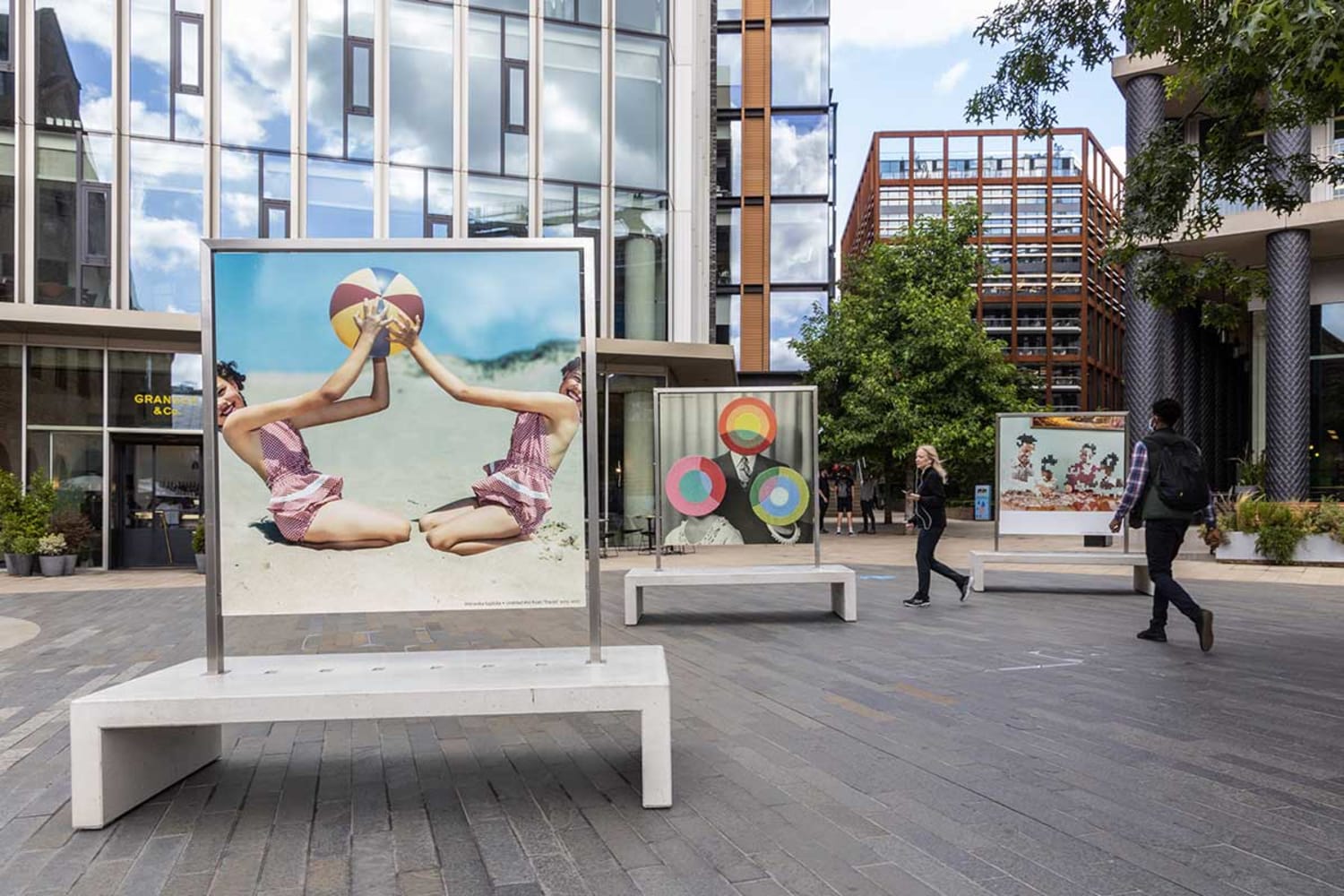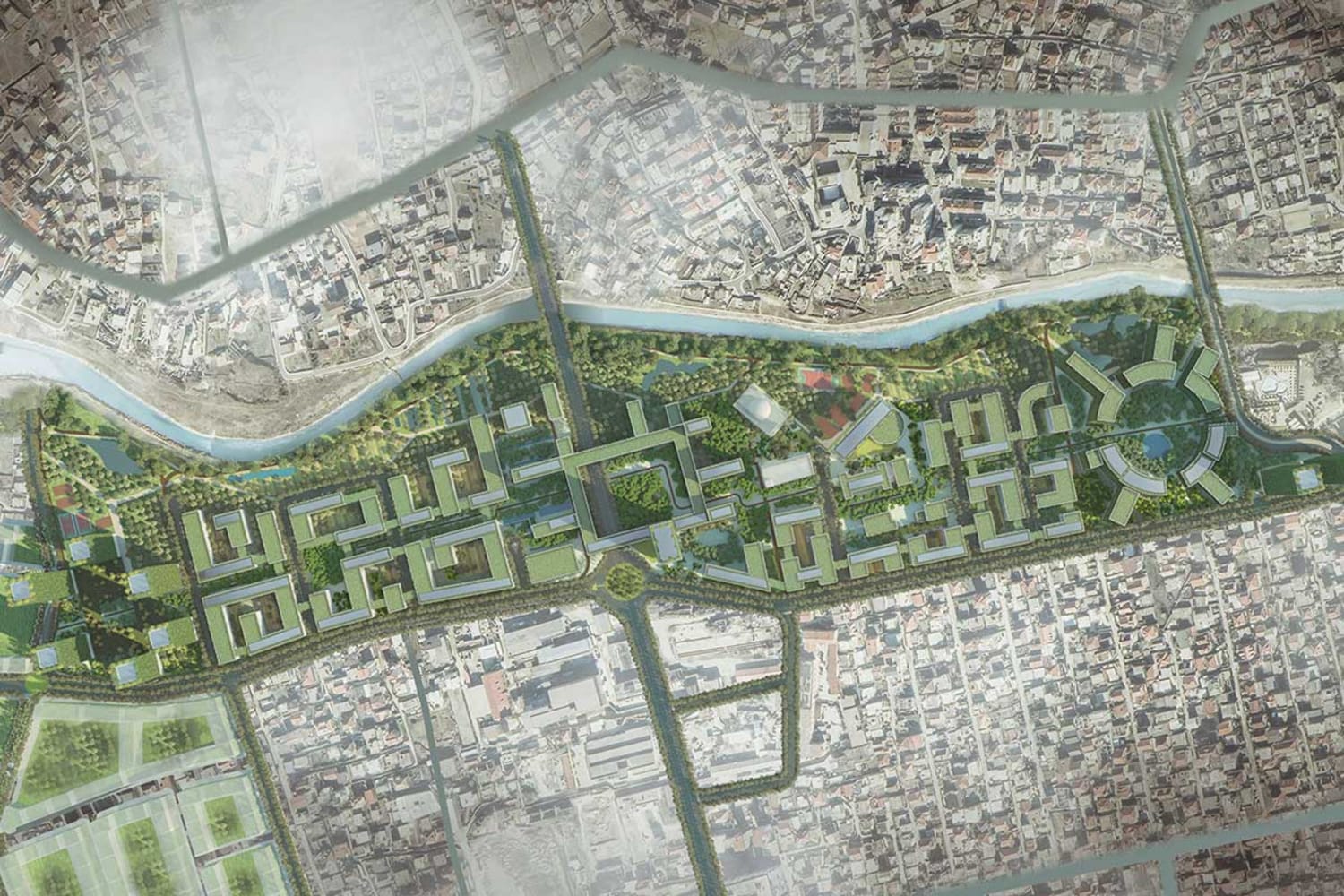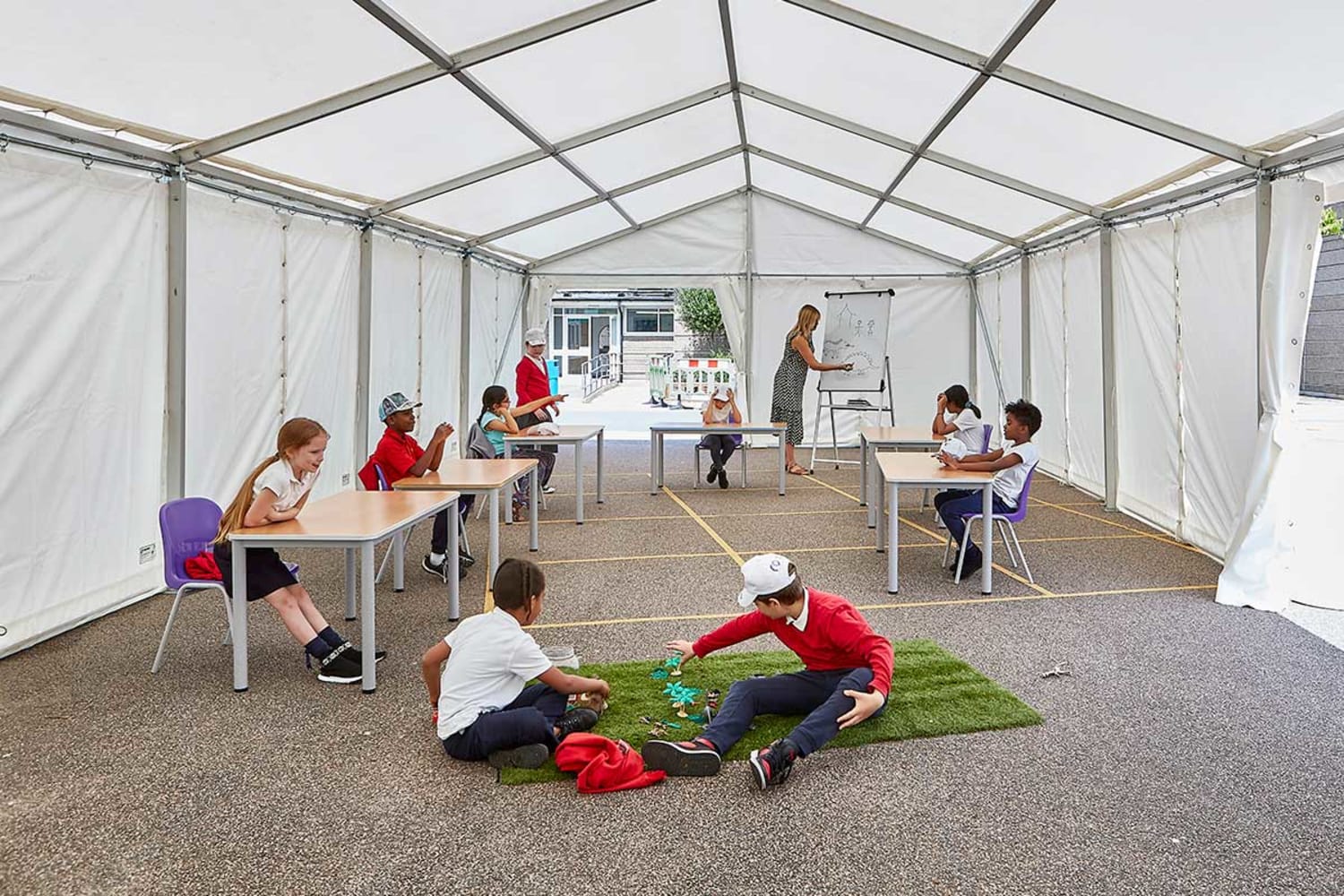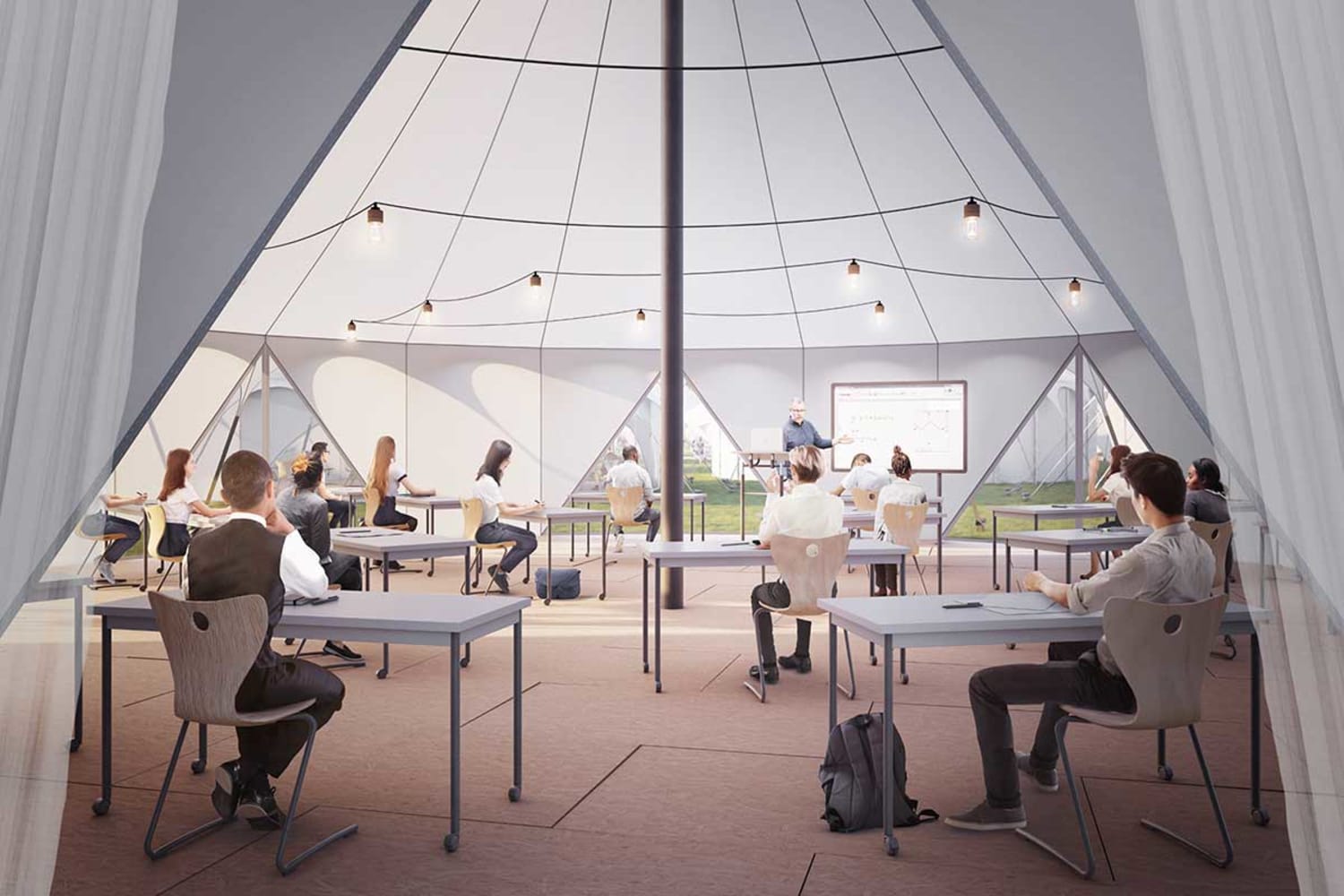A similar initiative is taking place in New York to encourage citizens to engage with art again in a safe way. Created by NYC & Company, ‘All in NYC: Public Art Edition’ is a list of outdoor exhibitions and public art displays that can be viewed throughout the five boroughs, with the involvement of 30 art institutions in just phase 1. Also prioritizing open-air space in New York is the Public Library’s new branch, The Stavros Niarchos Foundation Library, which reopened in mid-July after 3 years of renovation. The new design includes a free public rooftop space, billed as the first for the city.
Urban terrains
Urban plans are also getting a fresh-air-friendly facelift. San Francisco’s Economic Recovery Task Force has introduced a new program allowing businesses to operate in parts of outdoor public spaces. For restaurants and shops, this means the option to expand onto sidewalks and market squares, permitted they keep streets clear so people can move around. Berlin’s once thriving night life is also turning to public space as tool for revival. Local authorities are said to be exploring the idea of turning the city’s large outdoor spaces into open-air venues for clubs and bars to rent.
In Liverpool, engineering firm Arup is supporting restaurants in reopening with their program Liverpool Without Walls. Designed alongside Meristem Design and the city council, the program is built around adaptable modular units which can be slotted together to provide new seating areas for public spaces. The units, dubbed ‘hybrid street furniture’ by Arup, feature plants and Perspex screens in the centre to keep appropriate spacing between people.


